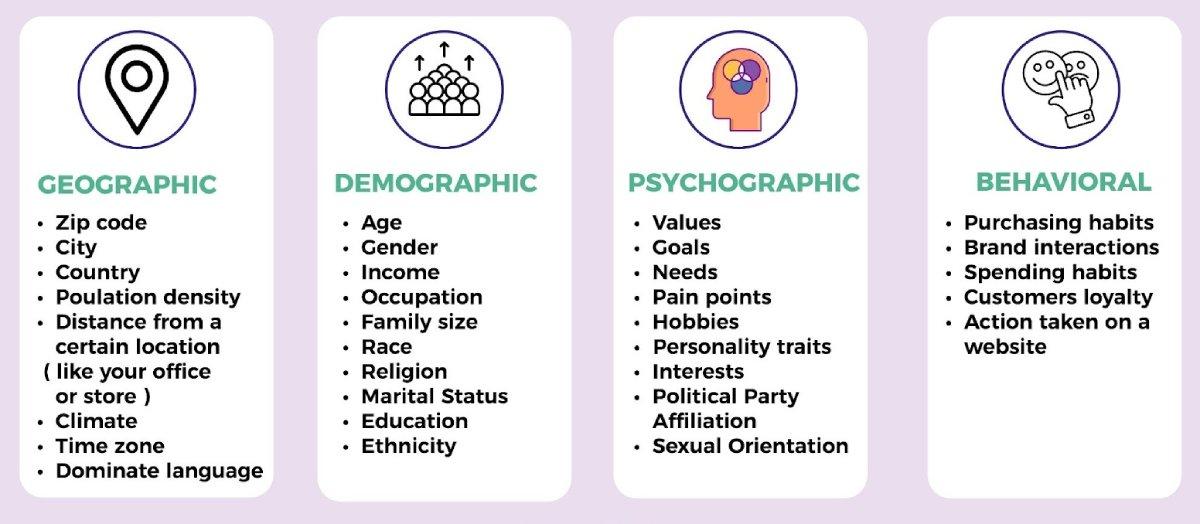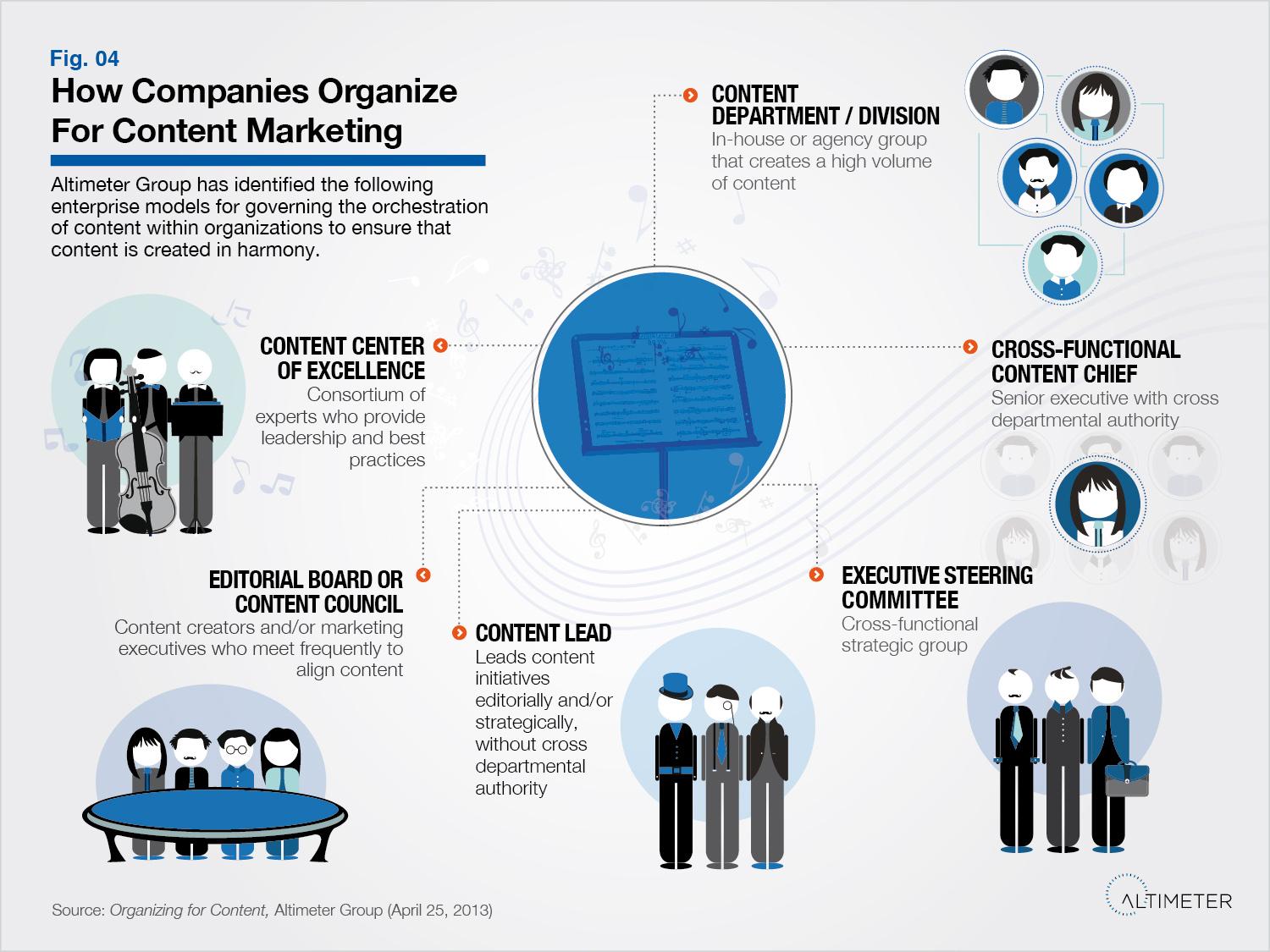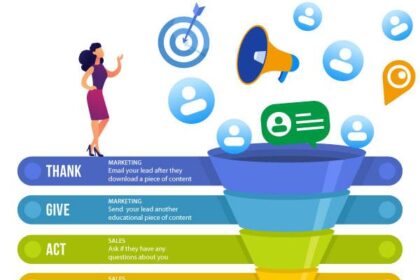In today’s fast-paced digital landscape, the art of storytelling has evolved into a powerful weapon for brands seeking to captivate their audience. With consumers inundated by content at every swipe and click, the key to standing out lies in a meticulously crafted content marketing plan. But what does it take to not only create content but to create content that resonates, engages, and drives success? This article will guide you through the essential components of building a winning content marketing strategy, blending creativity with strategic thinking to ensure your brand’s voice is not just heard, but felt. From understanding your audience to measuring results, we’ll explore how a well-structured plan can transform your content from mere words on a screen to a strategic asset that fuels growth and fosters loyalty. Join us as we embark on a journey to unlock the secrets of effective content marketing and set the stage for your brand’s triumph in this ever-evolving digital world.
Understanding Your Audience: The Foundation of Effective Content Marketing
To craft a compelling content marketing strategy, you must first establish a deep understanding of your audience. Knowing who you’re speaking to allows you to tailor your messaging, ensuring it resonates effectively. Start by gathering demographics, such as age, gender, and location, but don’t stop there. Delve into psychographics, including interests, values, and pain points. This multidimensional view will help you create content that not only informs but also engages and inspires action. Consider employing tools such as surveys, social media analytics, and customer feedback to refine your audience insights.
Once you have a well-defined audience profile, leverage it to define content types and distribution channels that align with their preferences. For example, if your audience skews younger, platforms like Instagram and TikTok may be more effective than traditional blogs or email newsletters. Curate content that directly addresses their needs, desires, and challenges, and use the following approaches to maintain relevance:
- Storytelling: Connect emotionally through relatable narratives.
- Informative Resources: Provide valuable insights, tips, or tools that aid your audience.
- Engagement Strategies: Ask questions and encourage interaction to build a community.
Ultimately, staying attuned to your audience’s evolving needs is essential for long-term success in content marketing. Conduct regular reviews of your audience insights to adapt your strategy accordingly, ensuring that your content remains not only relevant but indispensable.

Setting Clear Objectives: Aligning Your Content with Business Goals
To effectively steer your content marketing efforts, it’s crucial to establish objectives that resonate with your overarching business goals. This alignment ensures that every piece of content you create serves a purpose beyond mere engagement; it propels your brand towards measurable achievements. Consider the following strategies to set clear objectives:
- Identify Key Performance Indicators (KPIs): Determine what success looks like by selecting metrics that reflect your business goals.
- Understand Your Audience: Tailor your objectives around the needs and preferences of your target audience for more impactful content.
- Map Content Types to Goals: Different types of content can serve various objectives; for example, blog posts might build awareness, while case studies could drive conversions.
Once you’ve established objectives, it’s essential to create a cohesive plan that integrates your content strategy with these goals. By structuring your content calendar around specific aims, you amplify its effectiveness and consistency. The following table illustrates how different content formats can align with specific business objectives:
| Content Format | Business Objective |
|---|---|
| Blog Posts | Increase Brand Awareness |
| Webinars | Lead Generation |
| Infographics | Engagement |
| Whitepapers | Establish Authority |

Creating Valuable Content: Strategies for Engaging and Retaining Your Audience
To truly resonate with your audience, it’s essential to develop a deep understanding of their interests and needs. Start by conducting thorough research to identify what topics are trending within your niche, and explore the questions your audience is asking. This could involve utilizing tools like Google Trends, social media polls, and user feedback to guide your content creation. Once you have a solid grasp on these insights, focus on crafting content that is not only informative but also entertaining. Your pieces should incorporate various formats such as videos, infographics, and podcasts to cater to diverse preferences and keep engagement levels high.
Another effective strategy for retaining your audience is to create a sense of community around your content. Encourage interaction by incorporating elements such as comment sections, social sharing buttons, and dedicated forums where users can discuss your content. Additionally, implement a consistent posting schedule to build anticipation and encourage regular visits. Consider using a content calendar to plan out topics and formats, as well as to track performance metrics. Here’s a simple table to visualize your content strategy:
| Content Type | Frequency | Engagement Methods |
|---|---|---|
| Blog Posts | Weekly | Comments, Shares |
| Videos | Bi-weekly | Quizzes, Live Q&A |
| Infographics | Monthly | Downloads, Social Media |
| Podcasts | Monthly | Feedback Surveys |

Measuring Success: KPIs and Tools for Continuous Improvement in Content Marketing
To effectively gauge the impact of your content marketing efforts, it’s crucial to implement key performance indicators (KPIs) that align with your business goals. Consider focusing on metrics such as traffic growth, engagement rates, and conversion rates. These KPIs provide insights into how well your content is resonating with your audience and driving desired actions. Some essential KPIs include:
- Organic Traffic: Measure visits generated through search engines.
- Social Shares: Track how often your content gets shared on social media platforms.
- Email Open Rates: Assess the effectiveness of your email campaigns.
Incorporating the right tools can significantly enhance your ability to analyze these metrics and make informed decisions. Platforms such as Google Analytics, SEMrush, and HubSpot provide comprehensive dashboards that allow you to monitor performance in real-time. Regularly reviewing your KPIs enables you to identify trends and areas for improvement. To assist in your tracking efforts, consider the following tools:
| Tool | Functionality |
|---|---|
| Google Analytics | Website traffic analysis and user behavior tracking. |
| SEMrush | SEO optimization and competitive analysis. |
| HubSpot | Comprehensive marketing automation and CRM tools. |
To Conclude
In a digital landscape overflowing with noise, a well-crafted content marketing plan serves as your beacon of clarity and direction. As you embark on this journey, remember that success is not merely defined by metrics, but by the meaningful connections you foster with your audience. Embrace experimentation, adapt to the shifting tides of market trends, and let your brand’s unique voice shine through every piece of content you create. The road may be long, but with each targeted piece and strategic insight, you’re not just sharing information — you’re building relationships and establishing your brand as a trusted source. So chart your course, stay true to your vision, and watch as your content marketing efforts transform not only your brand but also the lives of those you reach. Here’s to your success — may it be as boundless as your creativity!






